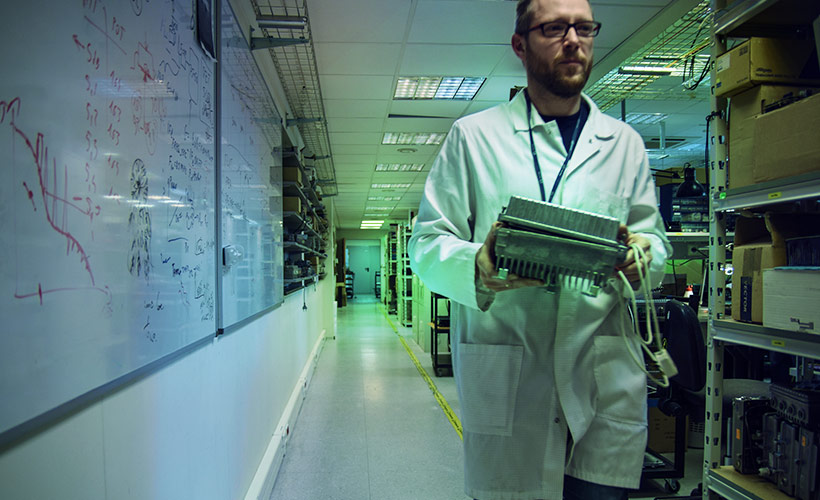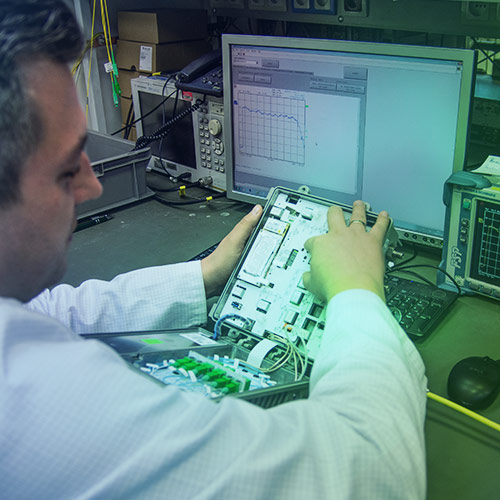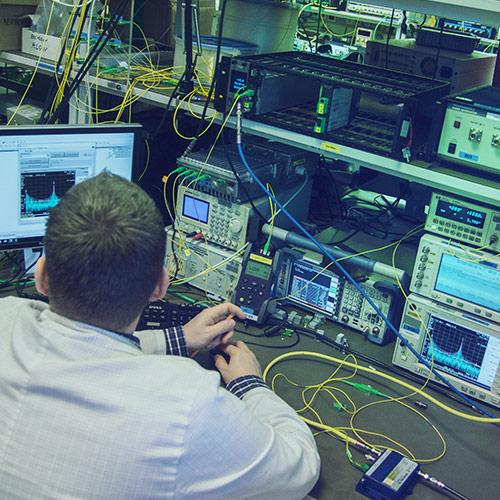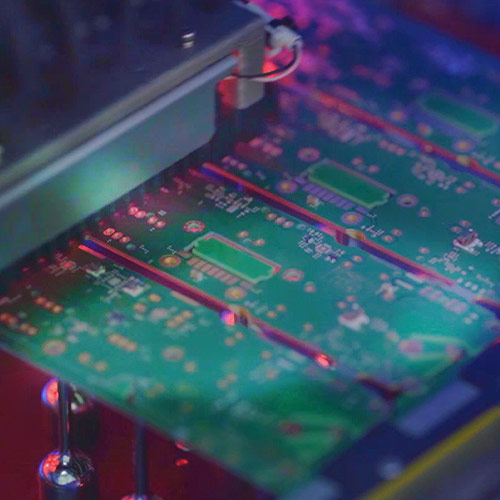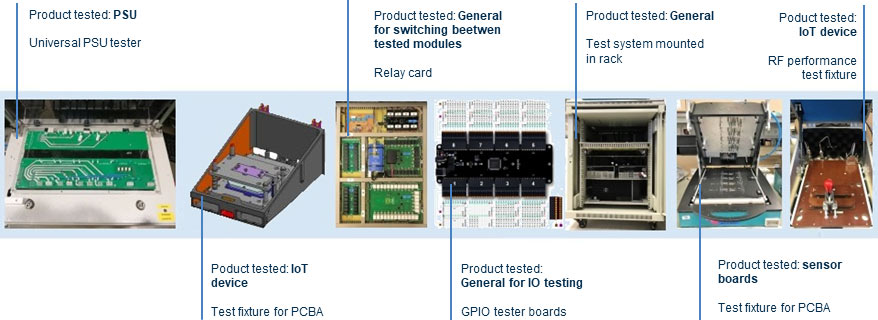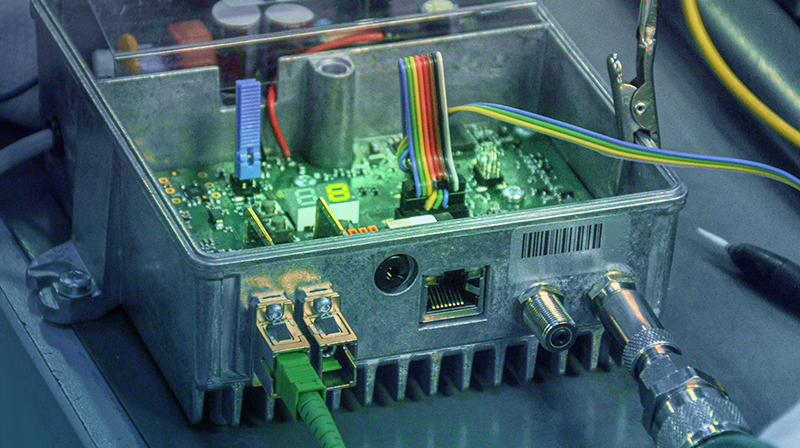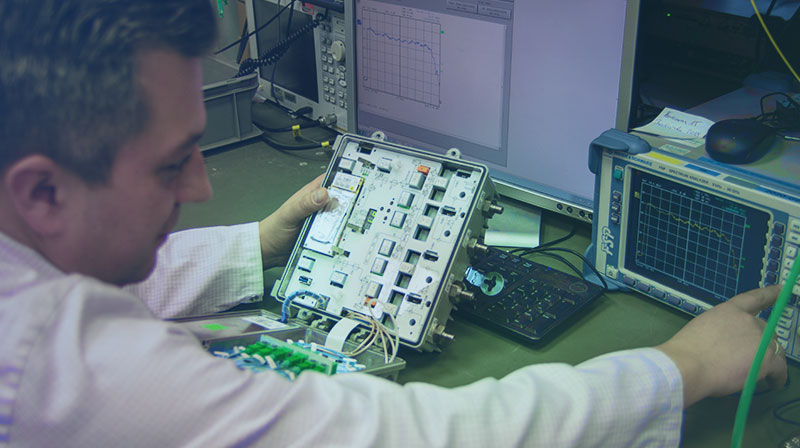Types of testing: the different arrangements
Our engineering team has over 30 years of experience in designing and implementing test systems and tools. We are one of the few contract manufacturing services company to have its electronics design and manufacturing departments in a single location (in Poland), so we can flexibly build test environments. We can create a test environment as defined by our customers or develop a complete test solution at the device, board or component level from scratch.
Thanks to our expertise and flexibility, we support customers in confidently bringing their products to market, knowing they have been thoroughly tested and met all necessary standards. As a trusted partner for lab tests to companies needing high-quality testing solutions, we have built our reputation based on consistent effort, well-established process and a commitment to ethical business practices.




